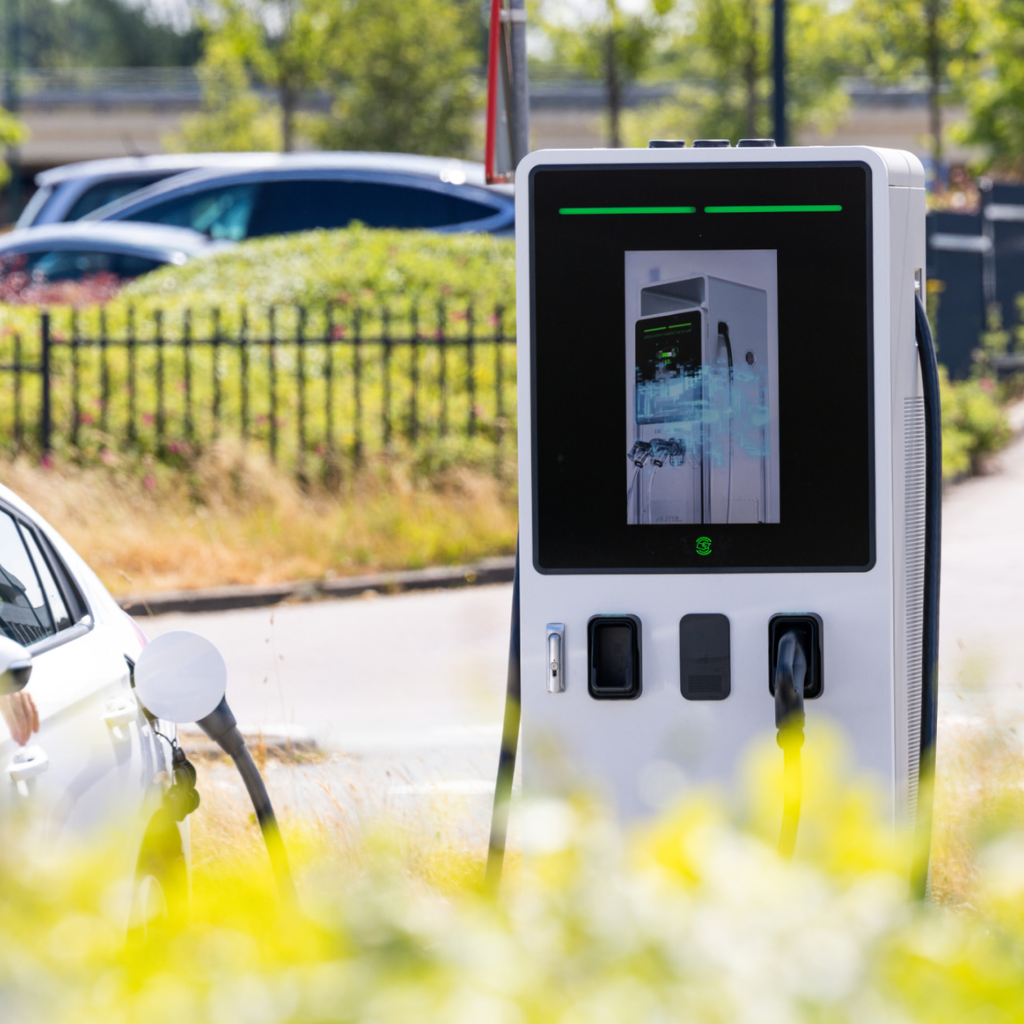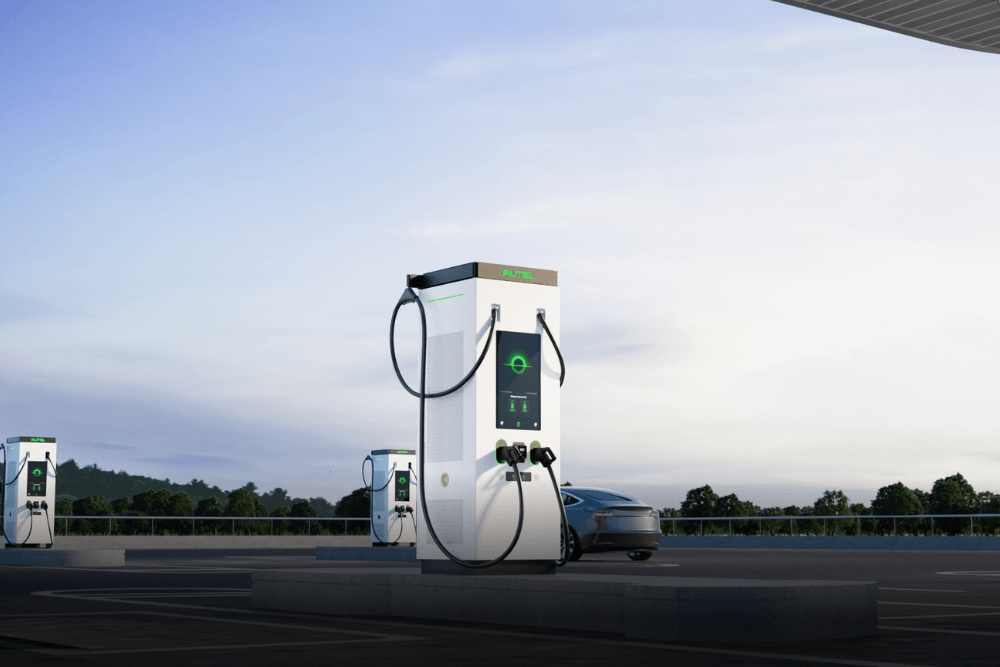
- MaxiCharger DH480
- MaxiCharger AC Pro
- MaxiCharger DC HiPower
- MaxiCharger DC Fast
- MaxiCharger DC Compact
- MaxiCharger AC Elite

- For CPOs
- For Fleets
- For Destination
- For Residential
 MaxiCharger DH480
MaxiCharger DH480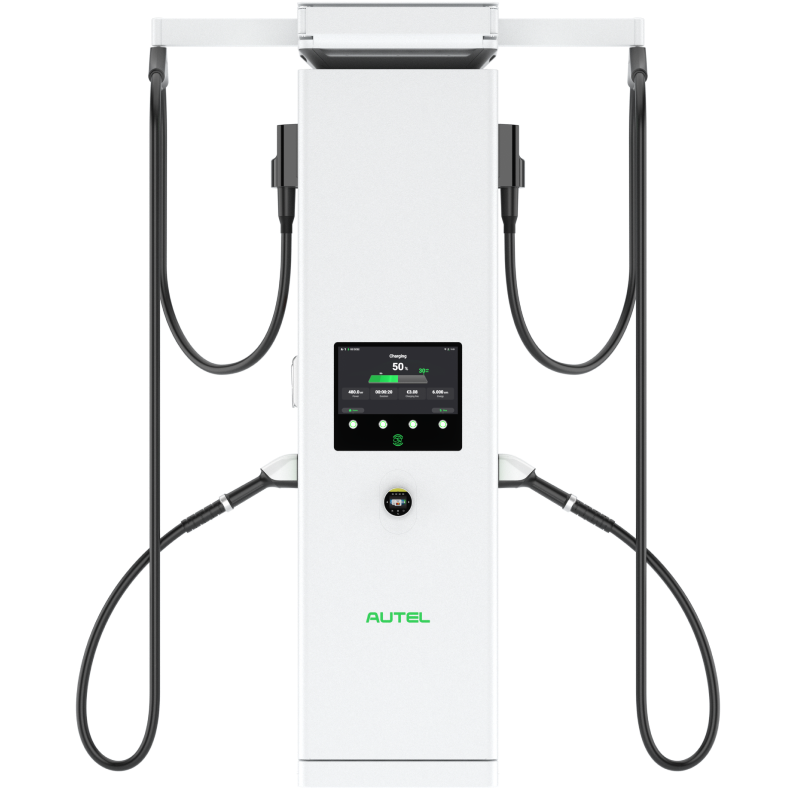 MaxiCharger DC HiPower
MaxiCharger DC HiPower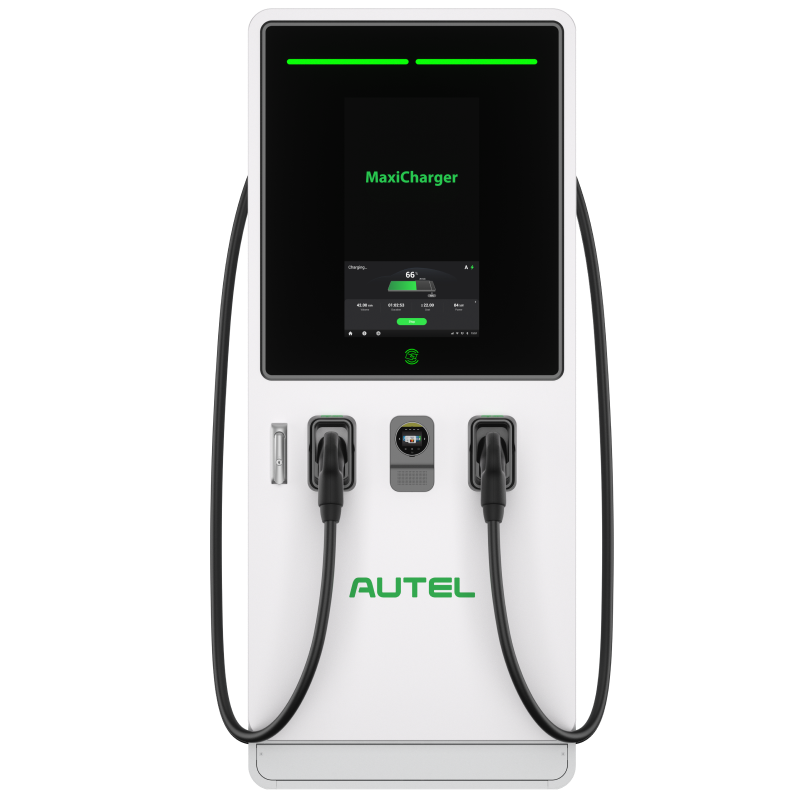 MaxiCharger DC Fast
MaxiCharger DC Fast MaxiCharger DC Compact
MaxiCharger DC Compact
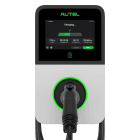 MaxiCharger AC Pro
MaxiCharger AC Pro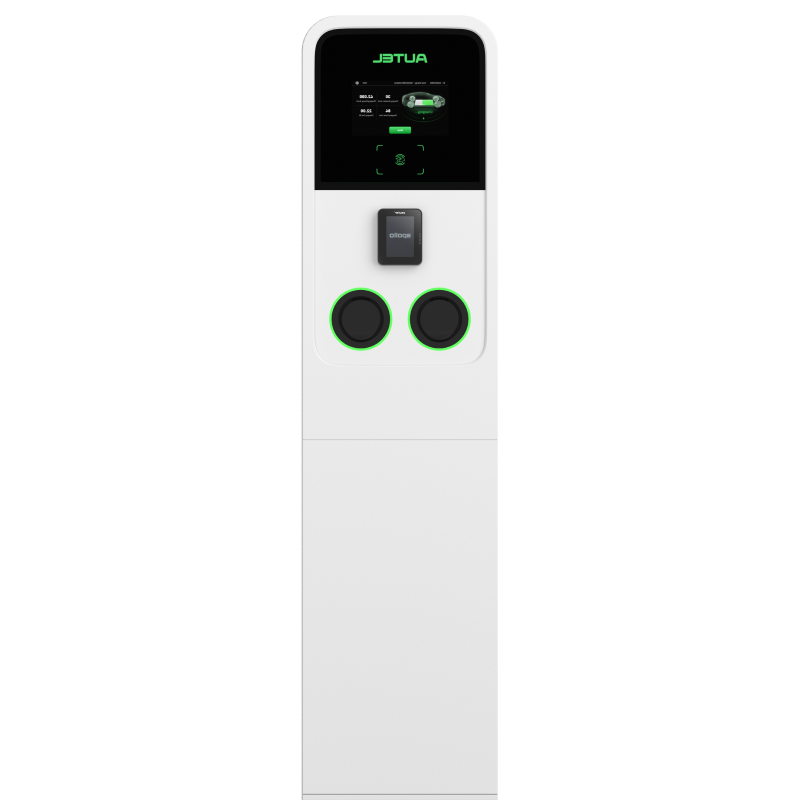 MaxiCharger AC Ultra
MaxiCharger AC Ultra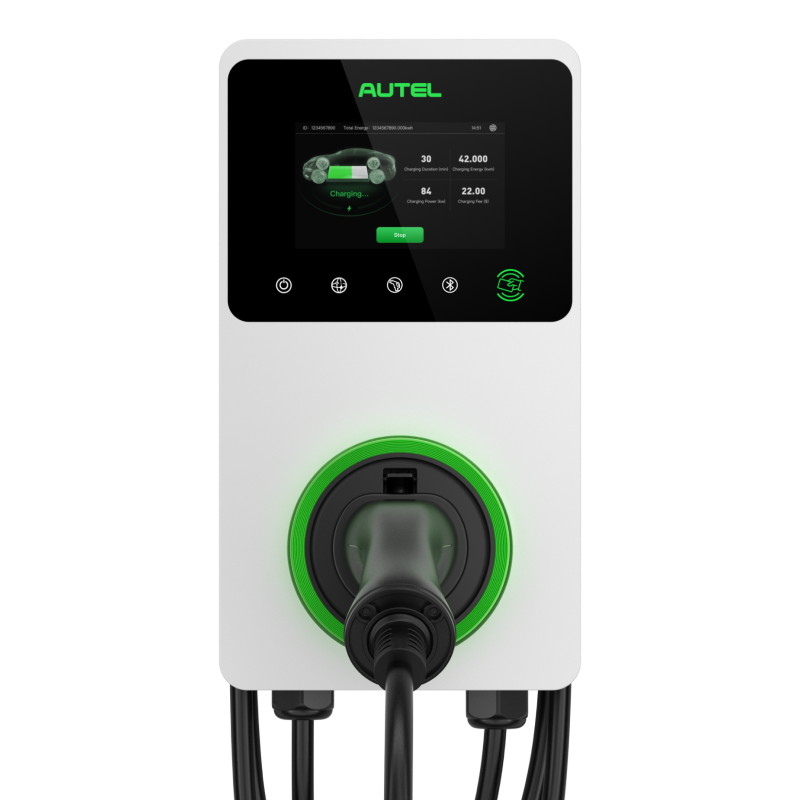 MaxiCharger AC Elite
MaxiCharger AC Elite
 Software
Software
- Partner Introduction
- Become A Partner
- Event
- FAQ
- Blog
- About Autel
- Contact Us
- Sustainability
- Newsroom
- Brand Center
- Product Center
When and how to use DC fast charging: a comprehensive guide for businesses and fleets
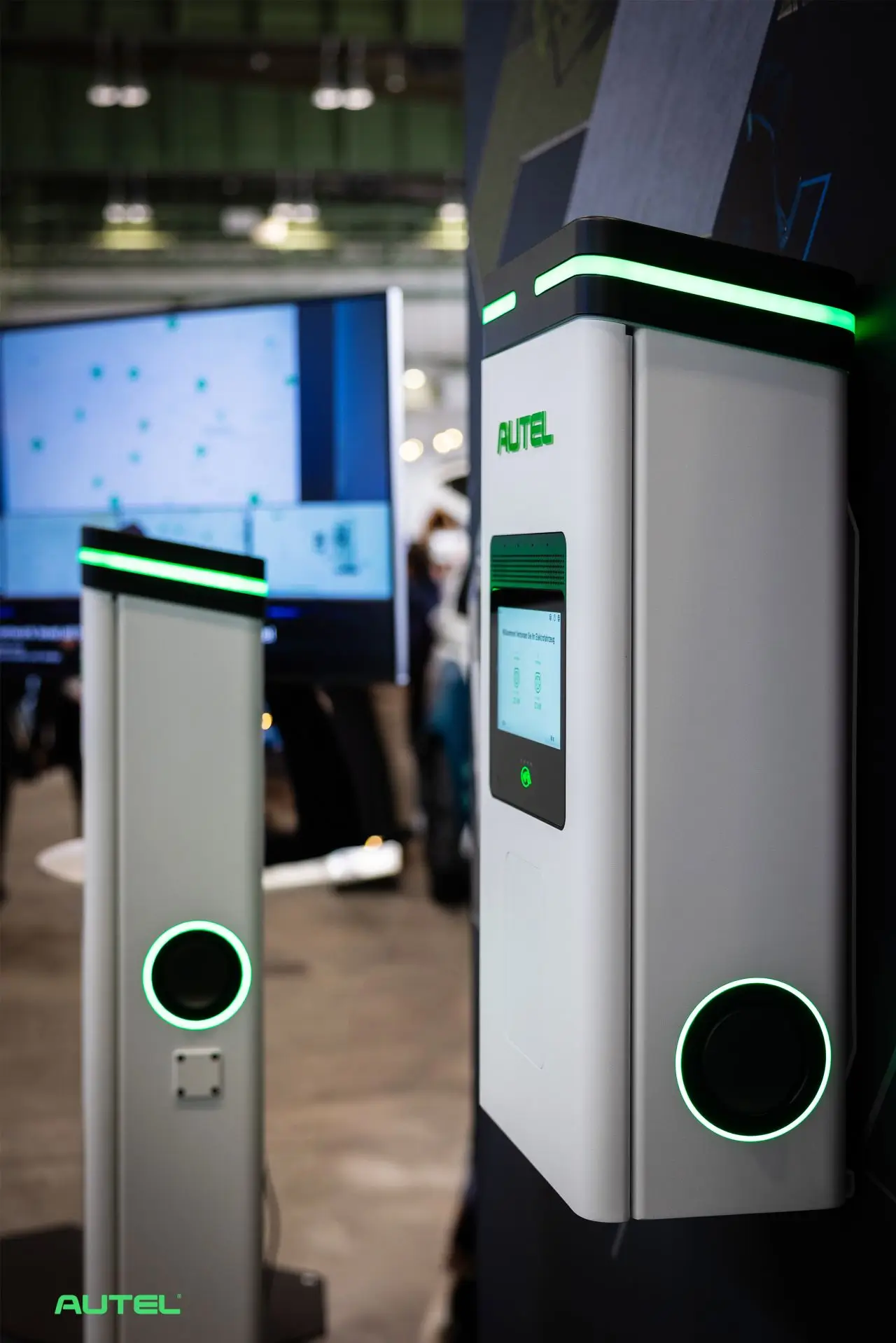
DC Fast Charging (DCFC, often called Level 3) delivers high-voltage direct current straight to electric vehicle batteries, enabling much faster charging than Level 1 or Level 2 options. For businesses managing fleets, this means dramatically reduced vehicle downtime and faster turnarounds—crucial for meeting tight schedules and customer demands.
Read this guide to learn when and how to use DC Fast Charging effectively to maximize your fleet’s efficiency and reduce operational costs.
When Should Businesses Prioritize DC Fast Charging?
Key Use Cases for Fast Charging
- Long-Distance Routes: Essential for interstate or international deliveries, allowing drivers to recharge quickly during breaks without delaying schedules.
- Time-Sensitive Operations: Urban delivery, rideshare, and on-demand services benefit from rapid turnaround, maximizing vehicle utilization.
- Low Battery Emergencies: Rapid charging prevents service interruptions caused by unexpected depletion.
- High-Density Fleet Operations: Quick charging stations minimize wait times when many vehicles need to charge simultaneously.
Example: A US-based delivery fleet reduced average vehicle downtime by 30% after installing DC fast chargers at key depot locations, significantly improving daily delivery capacity.
How Can Businesses Maximize the Benefits of DC Fast Charging?
Step 1: Strategically Plan Charger Locations
Analyze vehicle routes and usage patterns to place DC fast chargers where they’ll be most accessible. This reduces “empty runs” to chargers and ensures maximum uptime.
Step 2: Standardize Vehicle and Charger Compatibility
Ensure fleet vehicles use widely supported connectors like CCS (common in the US and Europe). Standardization simplifies infrastructure and staff training.
Step 3: Implement Smart Charging Policies
- Charge to 80%: Charging slows significantly after 80%, so plan short, frequent charging sessions.
- Stagger Charging Times: Avoid peak demand and prevent queues by scheduling charging sessions.
- Combine with Level 2 Charging: Use slower chargers during downtime to reduce stress on batteries and costs.
Step 4: Use Fleet Management Software
Integrate charging data to monitor battery status and charger availability in real time, enabling dynamic scheduling and minimizing idle time.
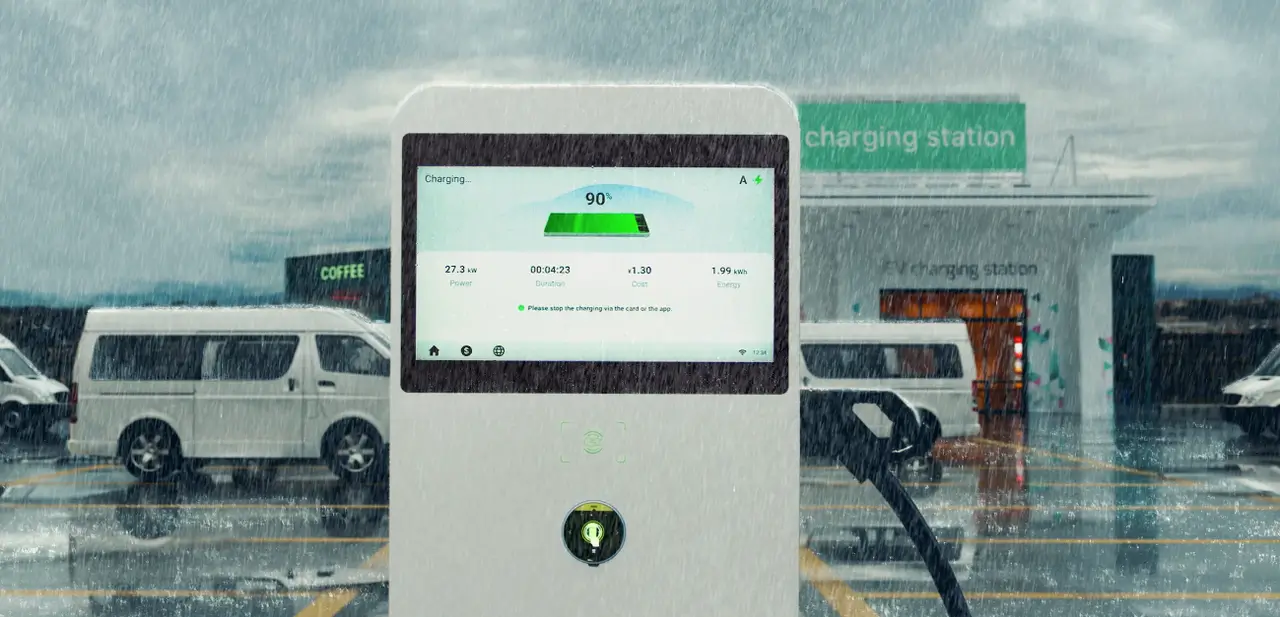
Key Considerations and Common Questions for Businesses
Battery Health and Longevity
Frequent DC fast charging can accelerate battery degradation. Balance fast charging with slower Level 2 charging and follow manufacturer guidelines to optimize battery life.
Cost Management
DC fast charging is often more expensive per kWh than slower charging. Negotiate corporate rates or subscription plans and schedule charging during off-peak hours to reduce costs.
Avoiding Bottlenecks
Install sufficient chargers relative to fleet size. Use real-time monitoring and scheduling tools to prevent charging queues and optimize station use.
Safety and Maintenance
Regular maintenance of charging infrastructure prevents failures. Train staff on proper usage to ensure safety and minimize downtime.
Practical Tips to Enhance DC Fast Charging Efficiency in Fleets
- Plan Charging Around Operational Breaks: Maximize uptime by aligning charging with driver breaks or shift changes.
- Train Drivers on Efficient Charging: Encourage prompt plug-in and unplugging practices to minimize station congestion.
- Monitor Battery Health: Use telematics to adjust charging practices based on battery performance.
- Leverage Data Analytics: Optimize routes and charging stops with IoT data.
- Stay Updated on Tech Advances: Adopt newer chargers offering faster speeds or better energy efficiency.
Data Insight: Studies show that frequent DC fast charging may reduce battery cycle life by 10–20% compared to slower Level 2 charging.
Conclusion
DC fast charging is a game-changer for businesses transitioning to electric fleets. Through strategic planning, smart management, and cost control, companies can ensure high vehicle availability, meet tight operational demands, and support sustainability goals—helping pave the way toward a more efficient and greener future.
